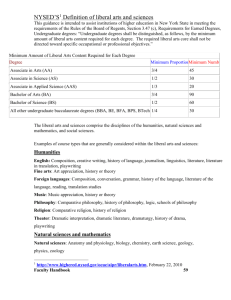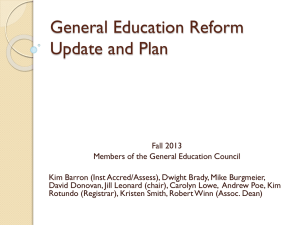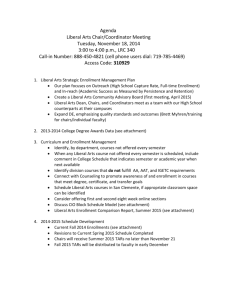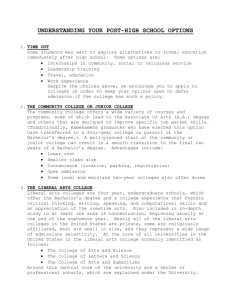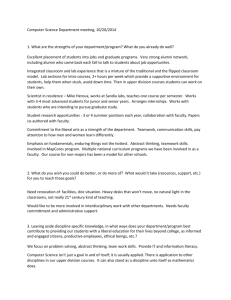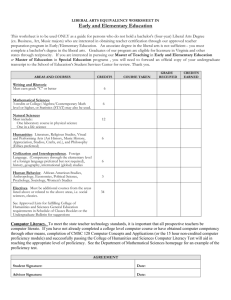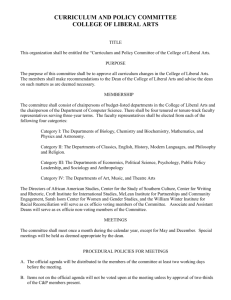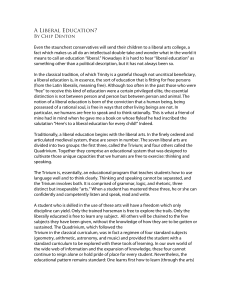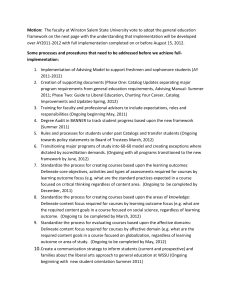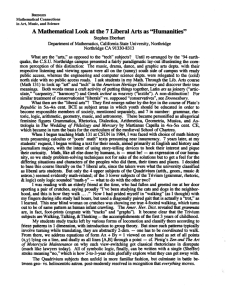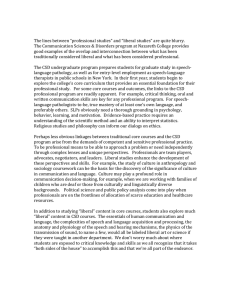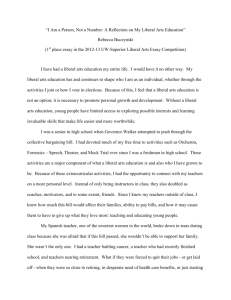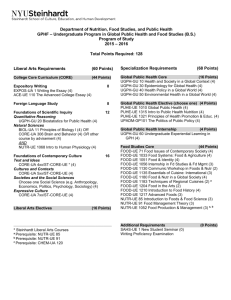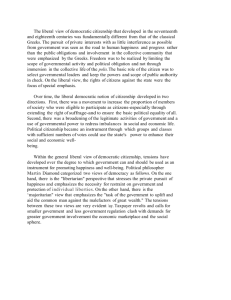How to Create a Lesson Plan
advertisement
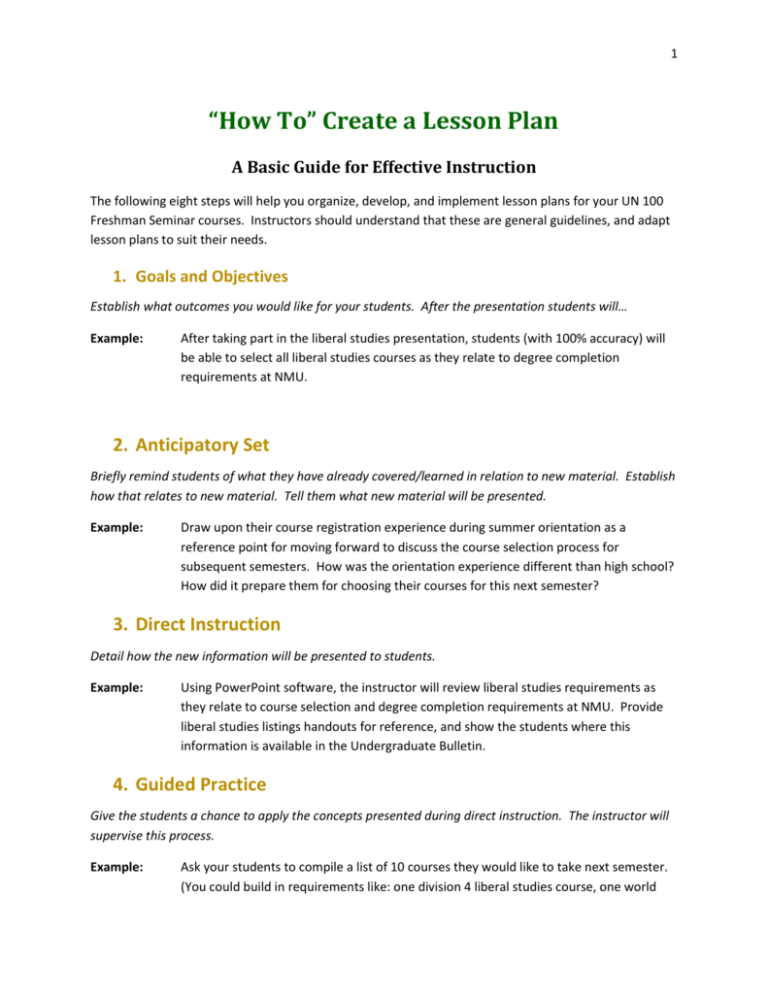
1 “How To” Create a Lesson Plan A Basic Guide for Effective Instruction The following eight steps will help you organize, develop, and implement lesson plans for your UN 100 Freshman Seminar courses. Instructors should understand that these are general guidelines, and adapt lesson plans to suit their needs. 1. Goals and Objectives Establish what outcomes you would like for your students. After the presentation students will… Example: After taking part in the liberal studies presentation, students (with 100% accuracy) will be able to select all liberal studies courses as they relate to degree completion requirements at NMU. 2. Anticipatory Set Briefly remind students of what they have already covered/learned in relation to new material. Establish how that relates to new material. Tell them what new material will be presented. Example: Draw upon their course registration experience during summer orientation as a reference point for moving forward to discuss the course selection process for subsequent semesters. How was the orientation experience different than high school? How did it prepare them for choosing their courses for this next semester? 3. Direct Instruction Detail how the new information will be presented to students. Example: Using PowerPoint software, the instructor will review liberal studies requirements as they relate to course selection and degree completion requirements at NMU. Provide liberal studies listings handouts for reference, and show the students where this information is available in the Undergraduate Bulletin. 4. Guided Practice Give the students a chance to apply the concepts presented during direct instruction. The instructor will supervise this process. Example: Ask your students to compile a list of 10 courses they would like to take next semester. (You could build in requirements like: one division 4 liberal studies course, one world 2 cultures course from any division, one major course, etc.) Then ask that they have a peer review their choices for accuracy. 5. Closure Discuss how the new information has broader meaning and utility. Example: Provide students with their course registration date/time. Explain how they can use the recent assignment as a guideline for when they are meeting with their assigned academic adviser to choose courses for the next semester. Take some time for questions and to clear up any confusion. 6. Independent Practice Provide an opportunity for your students to demonstrate mastery of the material. Ask them to expand beyond what was completed during guided practice. Example: Students will plan their course choices for the next 3-4 semesters of enrollment at NMU. This will include liberal studies courses as well as courses in the major/minor. They should use your handouts and the Undergraduate Bulletin. 7. Time Frame/Required Materials How much time is needed to complete the lesson? What materials are needed to present the lesson and have the students complete their work? Examples: One full class period? Will you need a projector? Laptop? Handouts? Do you need to make copies? 8. Assessment and Follow-Up Assessment and follow-up are the final components in your lesson plan. A good assessment tool allows you to measure the effectiveness of your lesson in reaching your stated goals and objectives. The goal of follow-up is to evaluate the assessment outcomes, and to refine future lesson plans (if needed). Assessments: Quizzes? Tests? Discussions? Demonstrations? Presentations?


